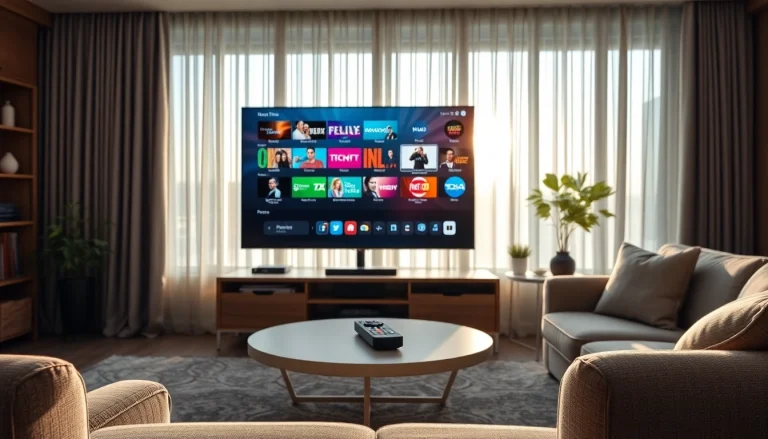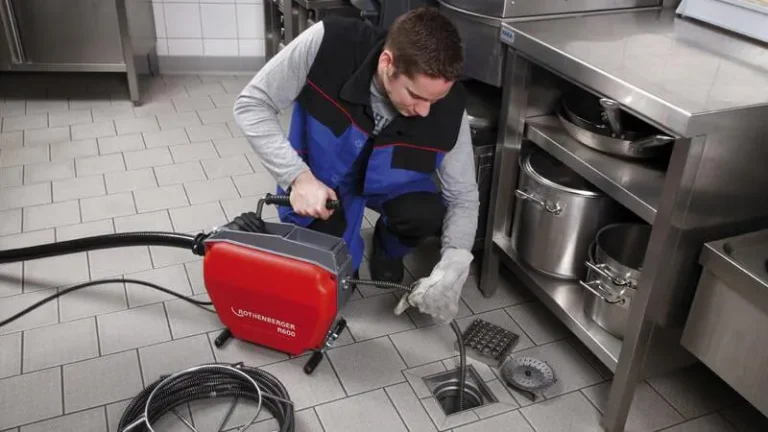
Understanding the Role of Communication in Relationships
Communication is the cornerstone of any healthy relationship. Whether it’s between partners, family members, or friends, effective communication lays the groundwork for understanding, trust, and emotional intimacy. It’s essential for resolving conflicts, sharing needs, and building deeper connections. Many aspects of relationships hinge on how well partners communicate, making it vital to explore communication in relationships and its impact on relational dynamics.
The Importance of Open Dialogue
Open dialogue fosters a safe environment where individuals feel free to share their thoughts and feelings. When partners express themselves openly, it encourages vulnerability, which is a key ingredient for deepening emotional intimacy. Studies show that couples who engage in open communication are more likely to report higher relationship satisfaction. This can be achieved through regular conversations that prioritize honesty and openness, providing each person the space to voice their concerns without judgment.
What Healthy Communication Looks Like
Healthy communication isn’t just about speaking; it also encompasses active listening, empathy, and respect for one another’s perspectives. Key traits of effective communication include:
- Active Engagement: Both partners should actively participate in conversations, showing interest and investment in each other’s feelings.
- Clarity and Honesty: Being clear about one’s feelings and intentions helps avoid misunderstandings.
- Nonverbal Cues: Body language, eye contact, and tone of voice all contribute to the message being communicated.
Common Miscommunications in Relationships
Miscommunication can arise from various sources, such as assumptions, cultural differences, or differing communication styles. A common example is when one partner uses sarcasm or humor that isn’t well received, leading to hurt feelings. Understanding these pitfalls in communication can help couples navigate potential issues before they escalate. Strategies to mitigate miscommunication include checking in with one another and clarifying intentions, ensuring both partners are on the same page.
Key Techniques for Effective Communication
Active Listening: A Crucial Skill
Active listening is a fundamental skill in communication that involves fully focusing, understanding, and responding to your partner. It’s more than merely hearing words; it’s about understanding the emotions behind them. Techniques to enhance active listening include:
- Reflective Responses: Paraphrasing what your partner said shows that you understand and value their input.
- Avoiding Interruptions: Let your partner finish their thoughts before responding, showcasing respect and patience.
- Using Nonverbal Signals: Nodding or maintaining eye contact can affirm your engagement in the conversation.
Nonverbal Communication Insights
Body language often communicates more than words can express. Nonverbal cues such as gestures, facial expressions, and posture can either reinforce or contradict spoken messages. For instance, crossed arms might indicate defensiveness, while an open posture suggests receptiveness. Being aware of both your own and your partner’s nonverbal signals is key to enhancing communication and ensuring messages are received as intended.
Setting the Right Tone for Conversations
The tone of a conversation can heavily influence its outcome. Creating a positive atmosphere is crucial for effective communication. Here are some approaches:
- Choose the Right Time: Timing can impact receptiveness. Avoid discussing heavy topics when either partner is stressed or preoccupied.
- Use a Constructive Approach: Frame discussions around solutions rather than problems, fostering a collaborative spirit.
- Practice Empathy: Try to understand your partner’s perspective and validate their feelings, even if you disagree.
Overcoming Barriers to Communication
Identifying Personal Triggers and Reactions
Recognizing personal triggers can be crucial in navigating difficult conversations. Triggers often stem from past experiences, leading to heightened emotional responses. Couples should take time to identify these triggers, which can include specific topics or phrases that ignite negative feelings. By addressing these triggers openly, partners can better manage their reactions during discussions and work towards a more constructive dialogue.
Addressing Emotional Baggage in Conversations
Emotional baggage can seep into current relationships, affecting the way partners communicate. Addressing past hurts and fears openly is essential for creating a healthy space for communication. Techniques for addressing emotional baggage include:
- Individual Reflection: Before engaging in discussions, individuals should introspect and process their emotions.
- Seeking Professional Guidance: Couples therapy can provide a neutral space to explore unresolved issues that impact communication.
- Open Dialogues About Past Experiences: Sharing and validating each other’s past experiences can foster understanding.
Creating Safe Spaces for Difficult Discussions
Creating a safe space for communication entails establishing an environment where partners feel comfortable discussing sensitive issues without fear of judgment or retaliation. Strategies for building this safe space include:
- Establishing Ground Rules: Agree on communication principles, such as no interruptions or name-calling.
- Using “I” Statements: Frame discussions around personal feelings rather than accusatory language to reduce defensiveness.
- Regular Check-ins: Encourage ongoing dialogue about the relationship to continuously monitor emotional safety.
Improving Relationships Through Communication
Building Empathy and Understanding
Empathy is the ability to understand and share the feelings of another. Developing empathy fosters emotional closeness and helps partners connect on a deeper level. Ways to cultivate empathy include:
- Engaging in Perspective-Taking: Encourage each partner to articulate their perspective during discussions.
- Practicing Regular Acts of Kindness: Small acts can reinforce bonds and improve overall communication.
- Discussing Emotions Openly: Honest sharing about feelings fosters empathy and understanding.
Conflict Resolution Strategies
Conflict is a natural part of any relationship, but how partners handle disagreement can significantly impact relational health. Effective conflict resolution strategies include:
- Staying Focused on the Issue: Address the topic at hand rather than dragging in unrelated grievances.
- Finding Common Ground: Look for shared values and goals to promote cooperation during disagreements.
- Compromise: Be willing to make concessions for the sake of the relationship when appropriate.
Practicing Patience and Flexibility
Patience and flexibility are crucial for fostering a healthy communication environment. Relationships evolve, and recognizing that both partners may have different needs and preferences can enhance the connection. Patience involves giving your partner the time needed to express themselves fully, while flexibility entails adapting communication styles to better meet one another’s needs.
Measuring Communication Effectiveness
Signs of Healthy Communication
Healthy communication has discernible signs that indicate the effectiveness of how partners interact. Indicators include:
- Mutual Understanding: Both partners successfully articulate their feelings and needs and are listened to in return.
- Emotional Safety: Individuals feel secure in expressing their thoughts without fear of negative repercussions.
- Conflict Resolution: Conflicts are resolved constructively without animosity or unresolved issues.
Assessing Relationship Satisfaction
Regularly assessing relationship satisfaction can help partners gauge the effectiveness of their communication. Tools for evaluation can include:
- Check-in Conversations: Regular discussions about relationship dynamics help address issues before they become significant.
- Surveys or Questionnaires: Formal assessments can provide insight into areas of strength and weakness within communication.
- Feedback Loops: Encouraging candid feedback about both partners’ communication styles can improve mutual understanding.
Tools and Resources for Continued Improvement
Continuous improvement in communication requires tools and resources tailored to various relationship needs. These can include:
- Books on Communication: Literature focusing on relationship dynamics and communication can provide in-depth strategies and theories.
- Workshops or Seminars: Engaging in professional-led sessions can offer new insights and personal growth opportunities.
- Therapists or Counselors: Professional guidance can assist couples in navigating challenging communication hurdles effectively.






